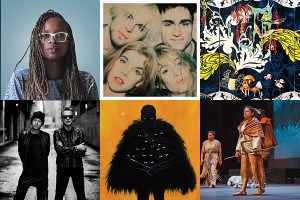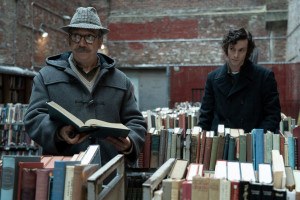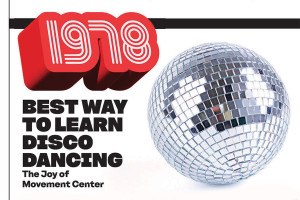What David Kaplan Talks About When He Talks About Tennessee Williams
David Kaplan, curator of the Provincetown Tennessee Williams Festival, doesn’t slow down after the annual festival in September. He’s directing Williams’ Ten Blocks on the Camino Real in Uruguay this month and has a slew of other projects in the works. Kaplan also is the author of Tennessee Williams in Provincetown, which tells of Williams’ four summers spent in Provincetown in the 1940s. He has been intimately involved with the Festival since the latter part of those years, and he was kind enough to reply to a few of my questions about his book via email.
The Tennessee Williams Festival has been a tremendous success over the years. Are there any “dream” ensembles or productions you’d like to do in the future?
What I’d like to do, and it’s happening, is to build a company of actors associated in our audience’s minds with Williams’ roles and then have those same actors perform, say “Desire Under the Elms,” so it would be clear how Williams and O’Neill shuffled similar cards. I’ve wanted to do an all-male Antony and Cleopatra for years (you know, like the original cast version) so the audience would see the resonance of the voluptuous language in Shakespeare and Tennessee Williams. I’ve wanted twice to stage Garcia Lorca’s Dona Rosita because I think seeing it would be a revelation about Williams’ sensibility. Still hasn’t happened. It will. Big dream? The Scottish Ballet’s new sensational Streetcar. The star? James Earl Jones. I ask every year, more than once. Someday, someday, I hope he’ll come.
Tennessee Williams wasn’t intimately involved with the existing theater scene in Provincetown during his time there. During your research, did you discover why this was the case?
Well, the strongest direct research would be the look of dismissal on Ellen Adler’s face when she told me they summered in Truro, and I asked if she or her family ever went to the Provincetown Playhouse. Of course not. Like most straw-hat theaters, the Provincetown Playhouse did their versions of shows that had been done before, so people who lived in New York who had seen such things in more professional productions didn’t go. Also, the Provincetown Players (at that time) were interested in proven crowd-pleasers and not at all interested in experimental new plays.
Provincetown has always been a place where gay men could feel comfortable meeting friends and living life. In his letters and other documents, does it seem like this was a key factor in informing what he wrote during his time there?
I think so. The line by Williams in The Parade about a duck’s egg being as normal as a chicken’s is so graceful and unstrained. Looking at his letters, we see that this was the beginning of camp slang, and I think it was freeing and helped identify gay identity and community to be creating a new lingo. There was the inevitable disconnect between life at the tip of the Cape with its social freedom and life everywhere—and this was true for the sexuality of everyone, straight and gay.
For the first-time visitor, what are some of your favorite things to do in Provincetown?
For a first-time visitor: go on the whale watch—there seems to be some deal with the whales who do everything but play tambourines and juggle when the whale watch draws near. Second, check out the library: there’s a fully rigged sailing ship inside it—and from the top floor of the library there’s an unforgettable view. Third, watch the sun set from anywhere you can see the water. Romantic: take a water taxi for a picnic at the point. For food, we like Sal’s for the view and the raisins in the red sauce, Bubala’s for the people-watching and the mussels with linguica in light cream, and the mac and lobster at the Crown and Anchor. There are a few galleries I stop in repeatedly: Evaul’s for the woodcuts, Poli for the dogs, Berta Walker’s to see the Boghosian work—he’s really a world class artist who gets better and better in his eighth decade. Ehva’s Gallery is always fun and smart and sexy, like Ehva. Then there are the obvious things: the dune tour, the Pilgrim Monument are fun, too. And the dollar oysters at the Waterford.
(This interview has been edited and condensed.)


